Switzerland’s well-established reputation for its magnificent nature and picturesque views cannot be complete without its beautiful rivers. Switzerland really is the best of both worlds: it has majestic mountains for the perfect, cozy winter holidays and crystal clear lakes and rivers to refresh in during the summer.
While alps and lakes have always been Switzerland’s biggest ambassadors to the world, some of the spotlight deserves to go to its beautiful rivers flowing across the country as well. Together with lakes, they account for around 4% of Switzerland’s surface area. Here are some of the most famous rivers in Switzerland to add to your bucket list.
1. Rhine
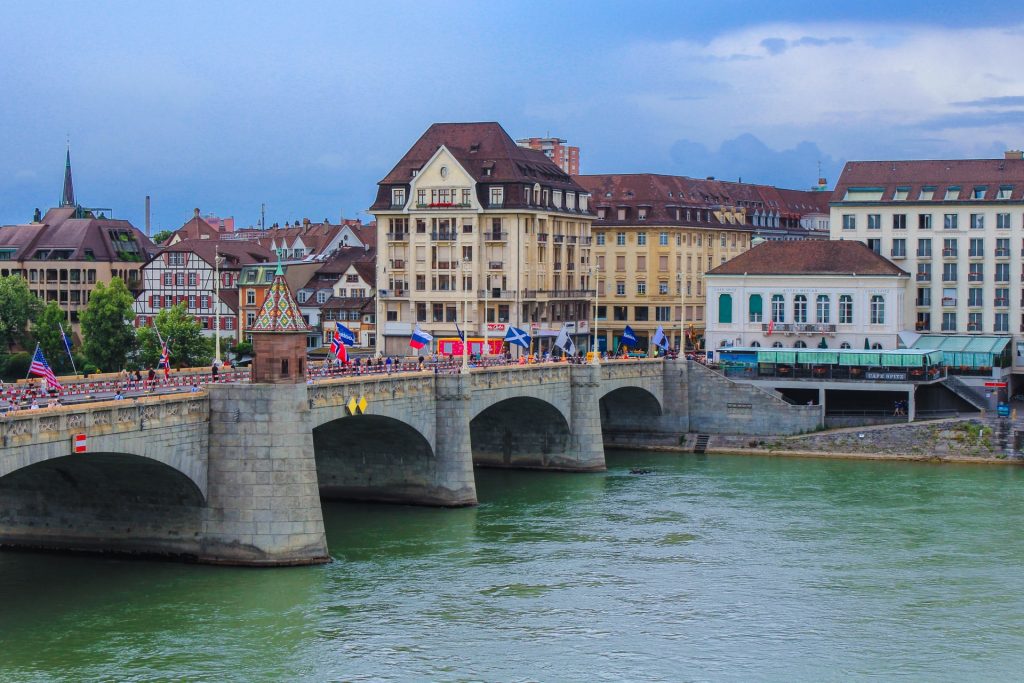
The Rhine (German: Rhein) is one of the most important Switzerland rivers that begins in the canton of Grisons (Graubünden) in the southeastern Swiss Alps. The Rhine bears an important name in history, as it was one of Europe’s leading routes for trading and transport.
Besides its historical significance, the river is simultaneously the second-longest in Central Europe, with a total of 375 km of the river running through its source in Switzerland. The Rhine, with its tributaries, flows mostly north through Germany and the Netherlands, reaching a total length of 1230 km and emptying into the North Sea. This famous river flows through the city of Basel as well as some other smaller cities: Chur, Kreuzlingen, and Schaffhausen.
During the summer, swimming in the Rhine is a popular pastime for locals in Basel. All you need is to grab a Wickelfisch, Basel’s invention for a waterproof swimming bag, and allow the stream of the river to take you on the ultimate city tour. Although, we recommend that you check the city’s swimming guidelines first to ensure that you are informed on the safety measures and the swimming conditions.
2. Aare
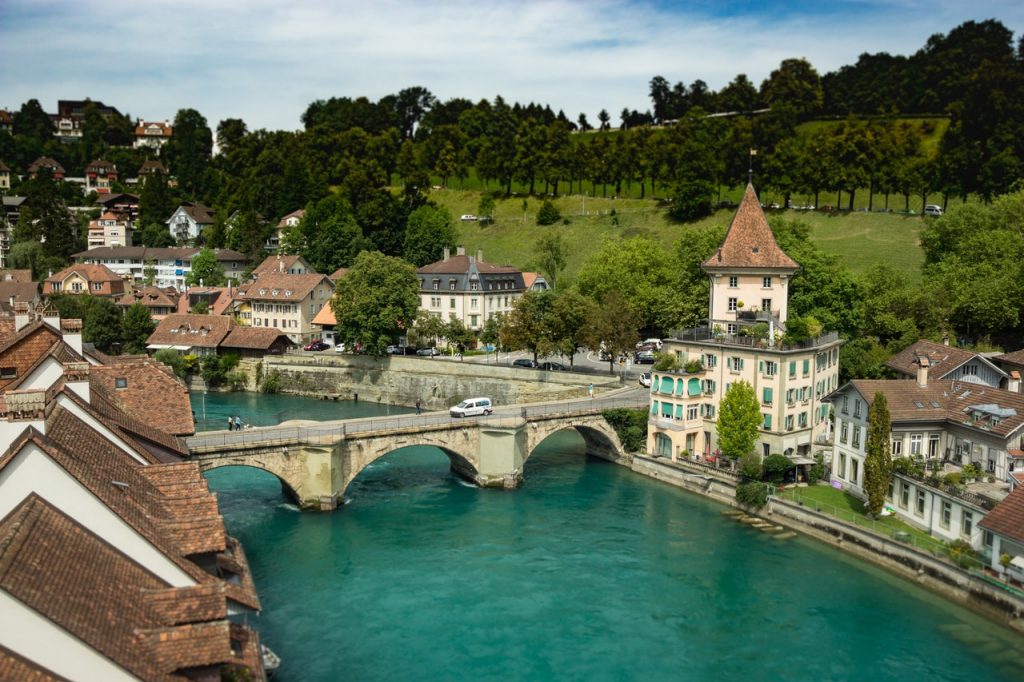
Aare or Aar is a tributary river of the High Rhine which rises in the Aare Glacier of the Bernese Alps in Bern canton. At a length of 295 km, it makes for one of the longest rivers in Switzerland, which both rises and ends in the country. Aare’s beautiful turquoise waters flow around three sides of the Swiss capital Bern, a UNESCO World Heritage Site since 1983.
In spring and summer, visitors and locals meet in the famous river banks to enjoy swimming and sunbathing beside the refreshing water. The public, open-air river swimming pools of Marzili and Lorraine are two favorite spots within the city, where you can relax while enjoying the charming sights of the river and the city. Apart from swimming, the Aare allows for many other water sports such as surfing, rafting, stand-up paddling, tubing, etc.
3. Thur
Thur is a predominant river of Eastern Switzerland and a tributary to the Rhine as well. The river originates in Toggenburg valley and flows beside the cantons of St. Gallen and Thurgau and parts of the canton of Zürich at a total length of 125 km. Thur is the largest Swiss river without a natural or artificial reservoir, which is why it is known to be prone to flooding, and it has been part of many restoration and flood protection projects.
With that in mind, Thur’s flow through forests, orchards, and quaint, beautiful villages, has formed meanders and floods. These have led to the formation of the magnificent Thur Meadows, home to many rare animals and plants.
4. Rhone
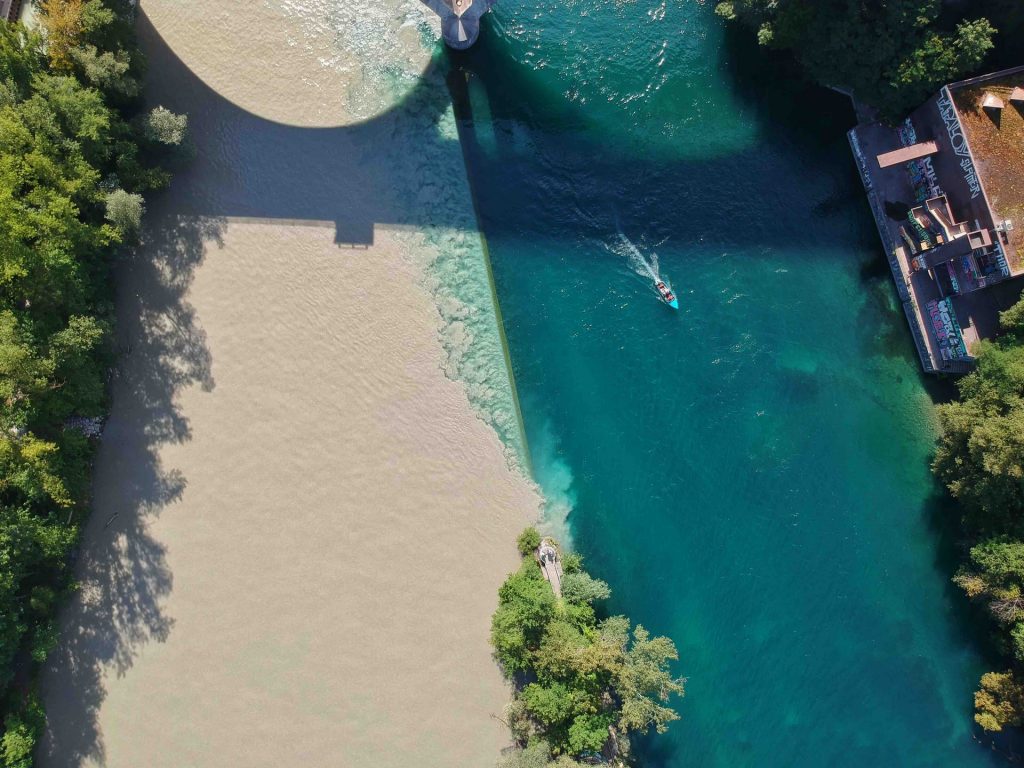
The Rhone is a 264 km long river that rises in the Rhône Glacier in the Swiss Alps at the eastern end of the canton of Valais. The river flows through some towns and villages in the Valais to pass through Lake Geneva and into southeastern France. If you are in Geneva, the Junction is where rivers Rhône and Arve meet to create a beautiful phenomenon, making for a lovely walk and sight in the bridge nearby.
5. Inn
The Inn river rises in the Swiss Alps, close to St. Moritz, which is located in the Engadin region and flows northeast across western Austria and southern Germany. The river is a tributary to the river Donau in Germany and Austria and drains 4.4% into the Black Sea. Its length within Switzerland reaches around 90 km, while its flow outside of Switzerland reaches 518 kilometers, making it an important river in German and Austrian territories.
6. Reuss
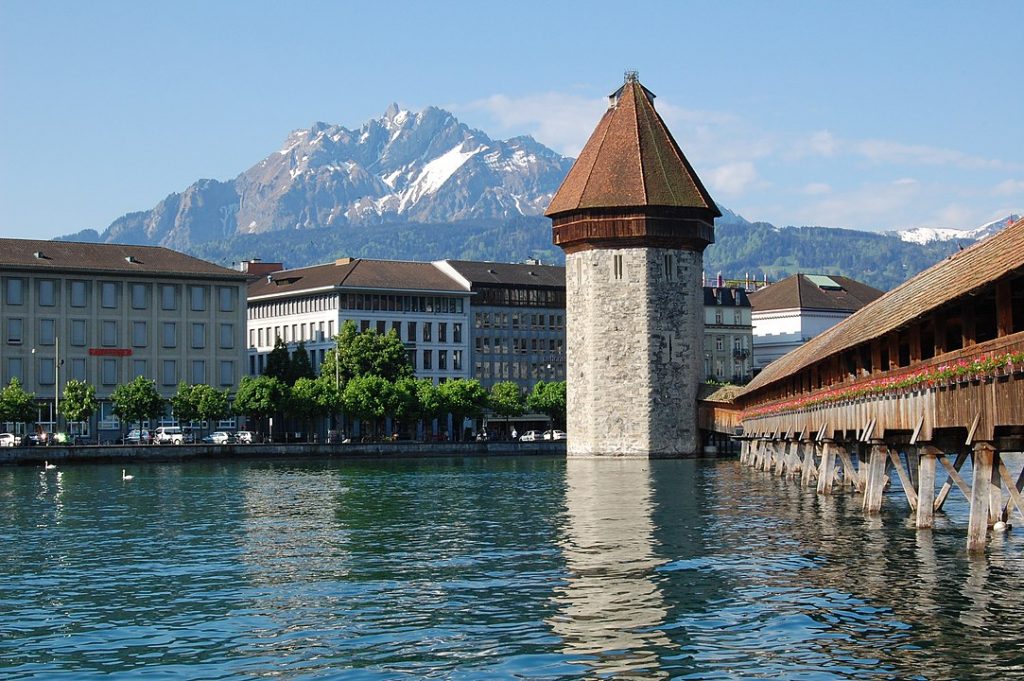
Reuss is an important river in Central Switzerland, flowing at a total of 160 km from its starting point in the Gotthard region, from which it then flows north toward and through Lucerne and at the end near Windisch into the Aare River. This river is a hotspot for canoe enthusiasts, who can start their paddling tour on the Reuss from the beautiful town of Bremgarten and end the tour just before the Reuss flows into the river Aare in Gebenstorf in the Baden district.
7. Limmat
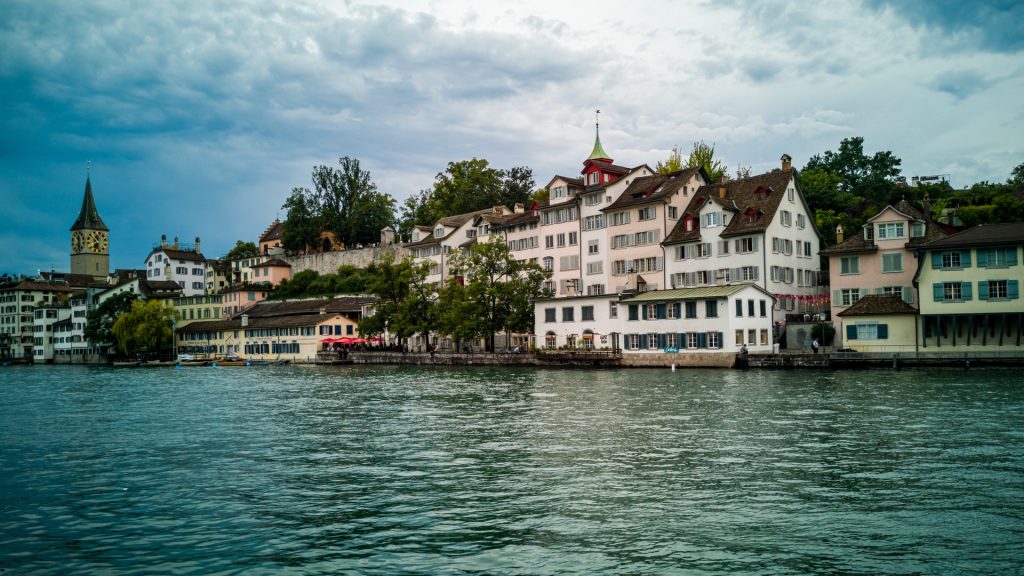
The river begins at the outlet of Lake Zurich, in the south of the city of Zurich. It then flows northwest and ends when it reaches the river Aare after flowing for 35 km. When in Zurich you can take a boat trip through the river, priced at around CHF 4.40 for adults, and enjoy picturesque views of the Old Town. The city also has around 40 outdoor pools set on the river and lake Zurich, where you can enjoy taking a quick dip during the hot summer days.
8. Ticino
This beautiful river is a left-bank tributary to the River Po in Italy, which rises in Val Bedretto between the cantons of Valais and Ticino, named after the river itself. It flows through Lake Maggiore before continuing its path to Italy. Ticino is an important source of hydroelectric power in Switzerland and an attractive rafters’ and kayakers’ spot in search of adventure. You can also find the UNESCO World Heritage Sites of San Nicolao’s church in Giornico and the three castles in Bellinzona on this river’s banks.
These were some of the most famous Switzerland rivers, an integral part of the natural wonders that this country offers. We hope you enjoyed the virtual tour, but note that it is even better up-close!
Frequently Asked Questions:
Q: What are the eight picturesque rivers in Switzerland that you mention in your blog?
A: Our blog covers the Aare, Rhine, Reuss, Ticino, Saane, Limmat, Linth, and Inn rivers. Each one offers its unique charm and beauty.
Q: Is it possible to take boat tours on these rivers?
A: Yes, several of these rivers offer boat tours. Details about these can be found in the respective sections of our blog.
Q: Are there any water sports activities available on these rivers?
A: Absolutely, activities like kayaking, canoeing, and white water rafting are popular on some of these rivers. Please refer to the individual river sections in the blog for more information.
Q: What wildlife can I expect to see along these rivers?
A: Swiss rivers are teeming with wildlife such as ducks, swans, beavers, and even some species of fish. Surrounding forests also house diverse fauna including deer, foxes, and numerous bird species.
Q: Are there hiking or biking trails along these rivers?
A: Yes, Switzerland’s natural beauty has been complemented by an extensive network of hiking and biking trails along many of its rivers. More details can be found in the blog.
Q: Are there camping spots along these rivers?
A: Certainly, Switzerland offers some fantastic camping sites along its rivers, allowing tourists to immerse themselves in nature. Specific locations and guidelines are discussed in the blog.
Q: What’s the best time to visit these rivers in Switzerland?
A: Switzerland’s rivers offer different experiences throughout the year. The summer months are generally the best for activities like boating and water sports, while spring and autumn bring stunning vistas for nature lovers and photographers.
Q: What are some local attractions near these rivers?
A: Each river is close to several local attractions ranging from charming Swiss villages, historic castles, to natural parks.
Q: How accessible are these rivers for tourists?
A: Switzerland has an efficient and extensive public transportation system. Most of these rivers are easily accessible by train, bus, or car.
Q: Are these rivers safe for swimming?
A: Some of these rivers have designated areas for swimming, but it is important to always respect local rules and conditions, as currents can be strong.

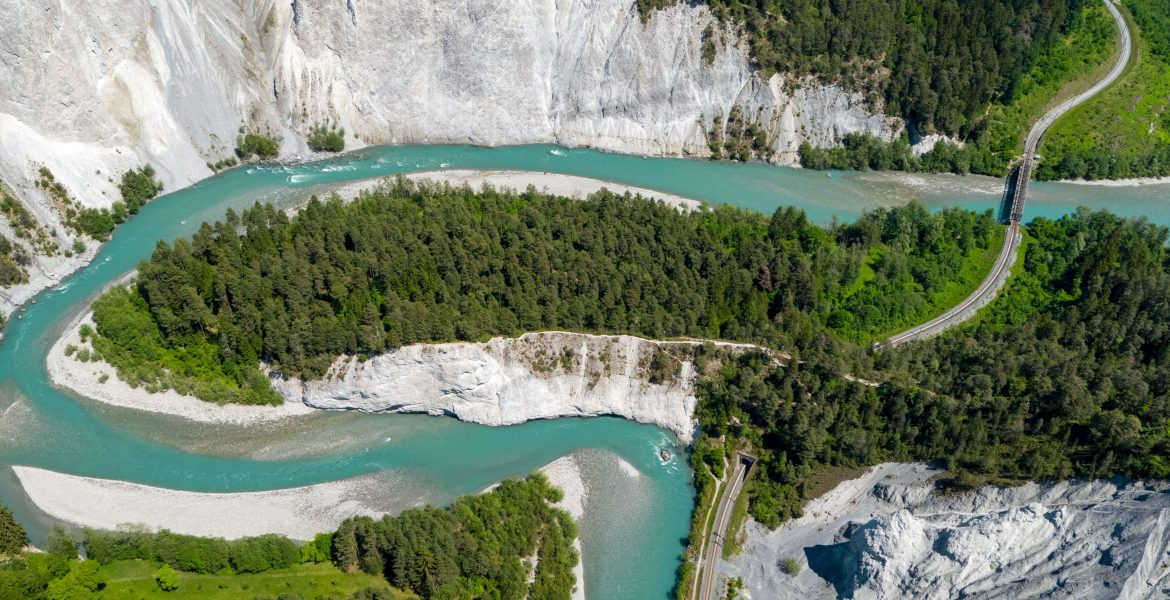
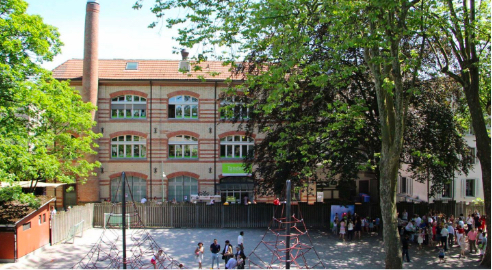
Really great article thank you! It will be nice to have seen a map showing the source and the final destination of each river here as well.